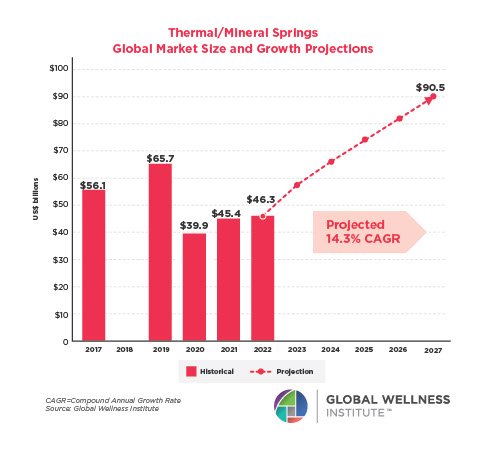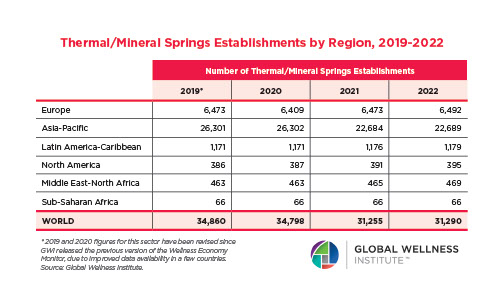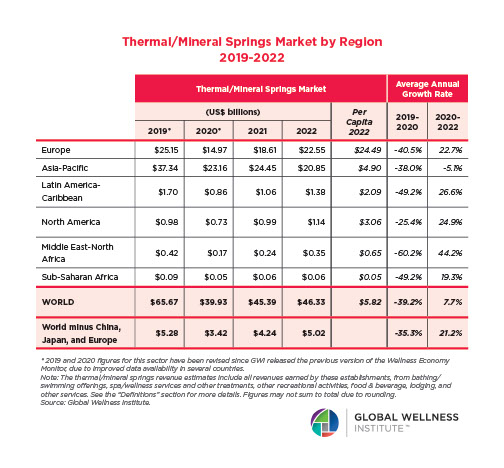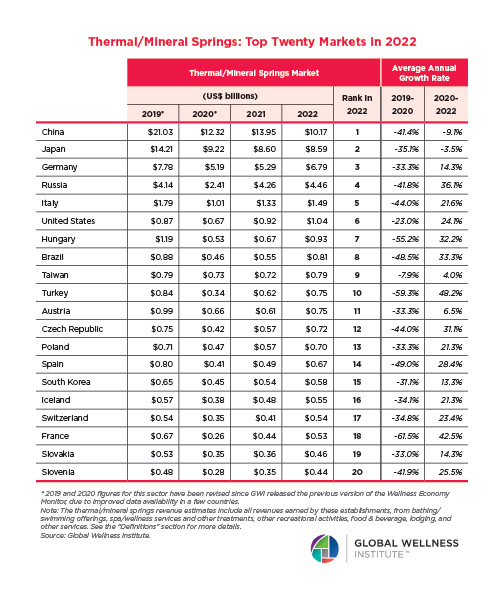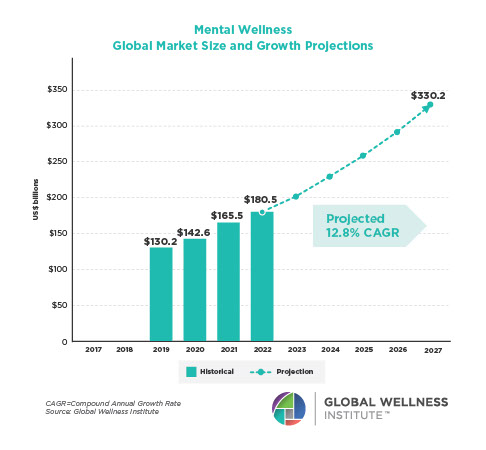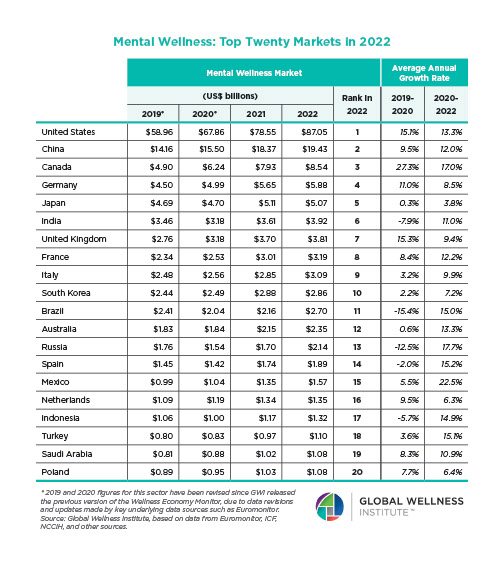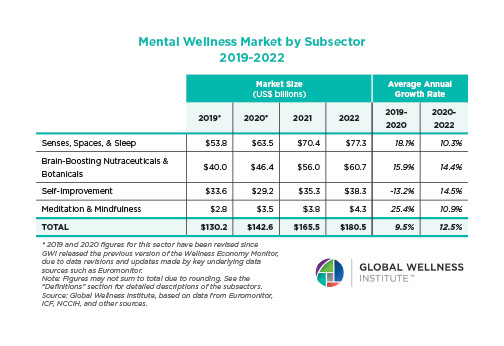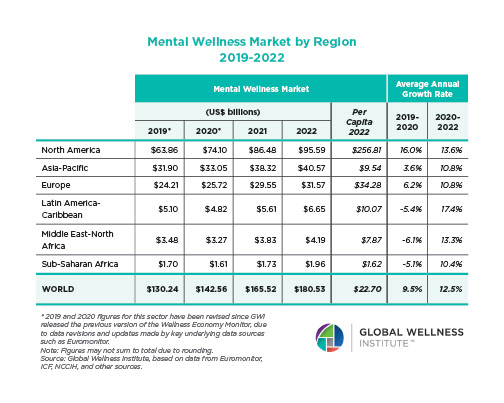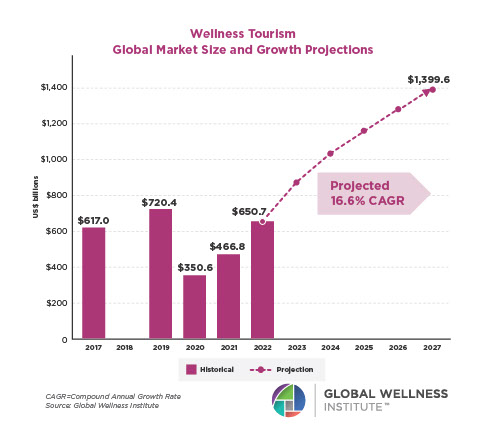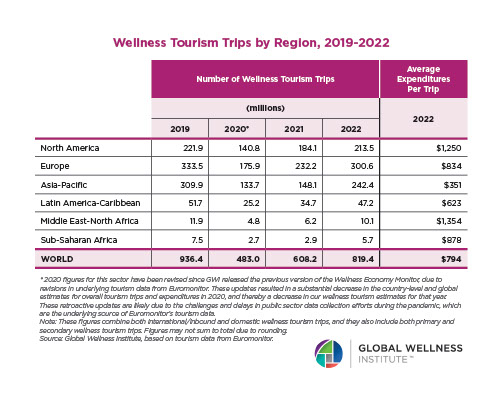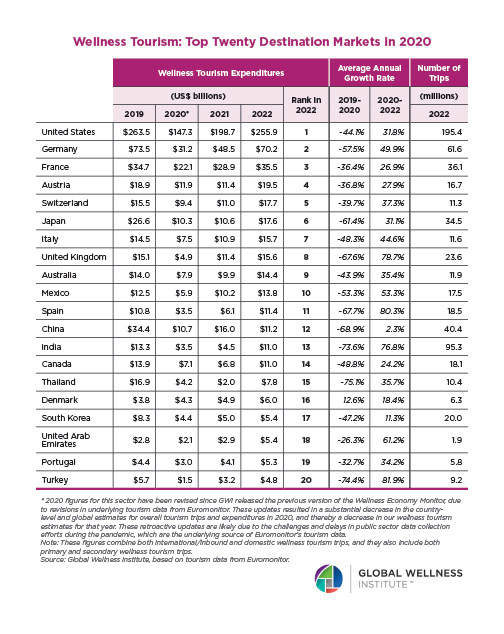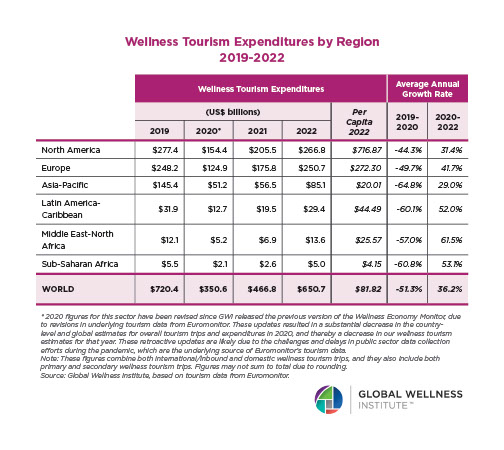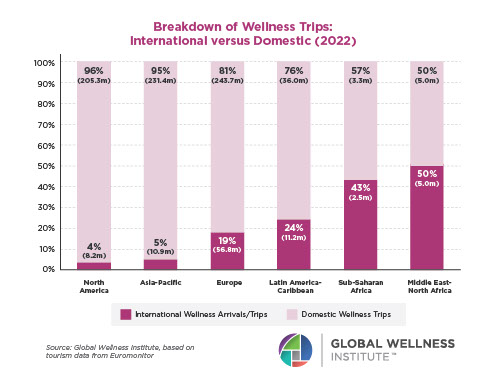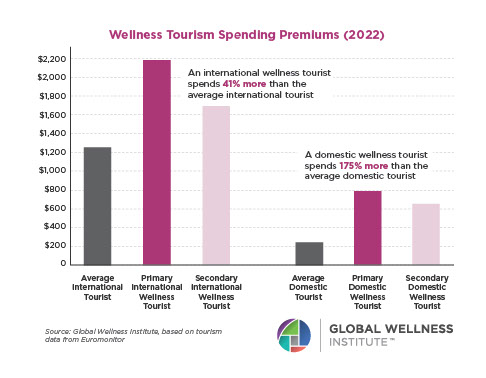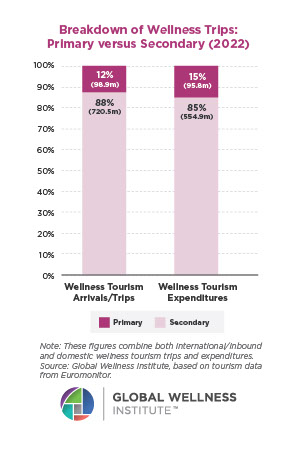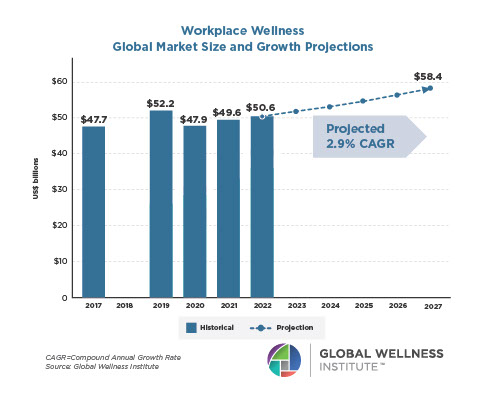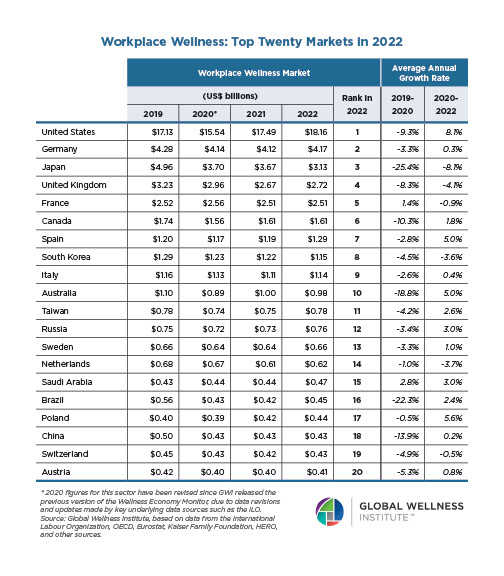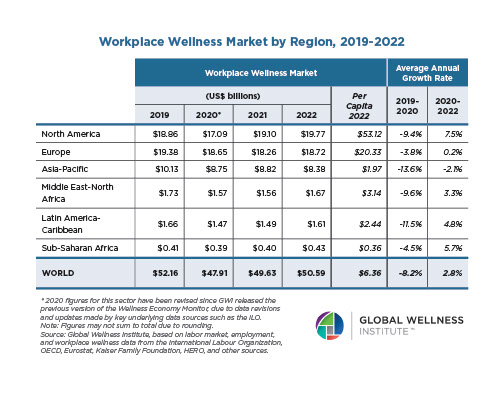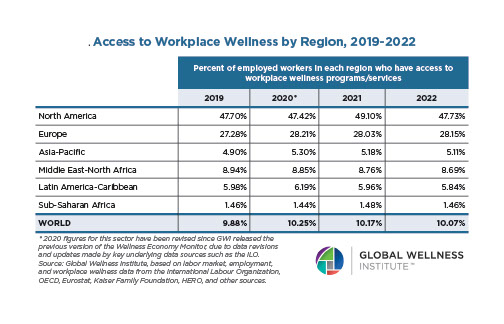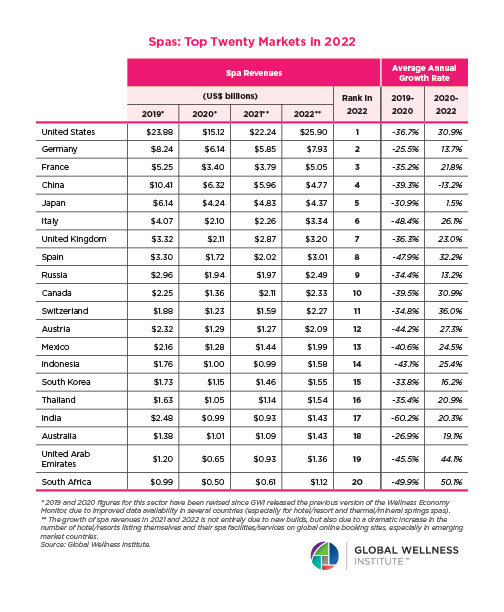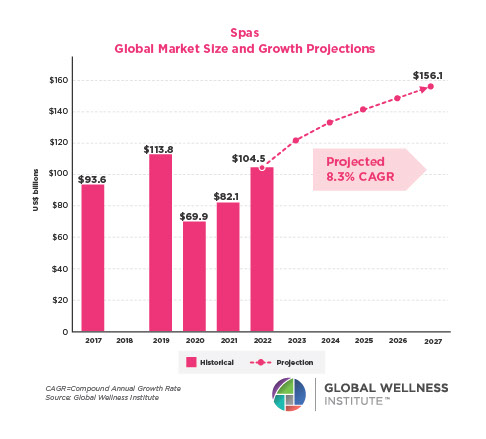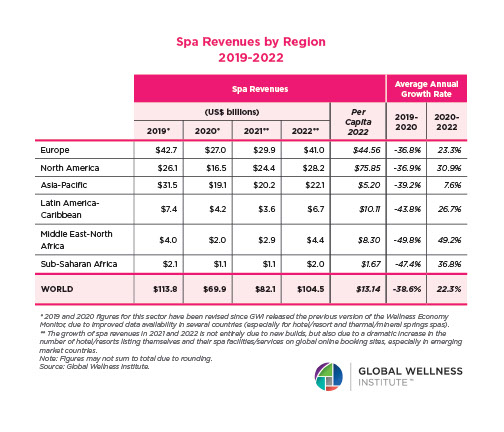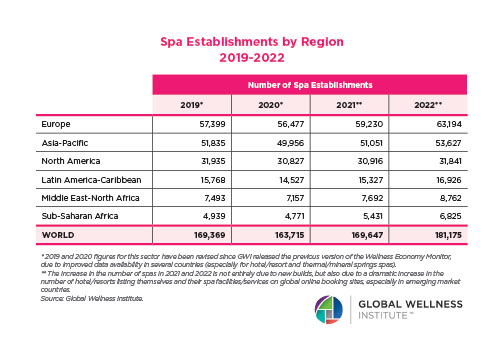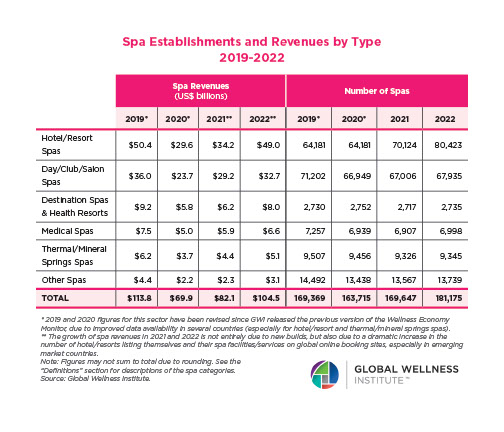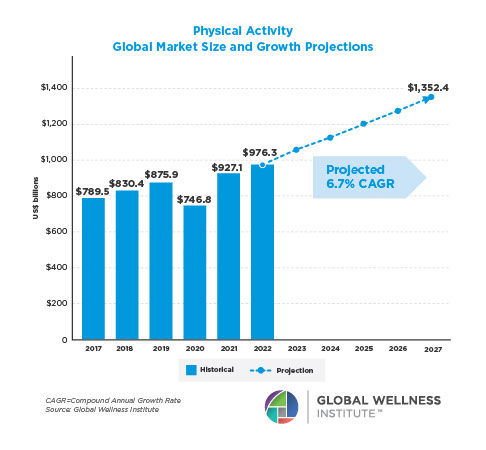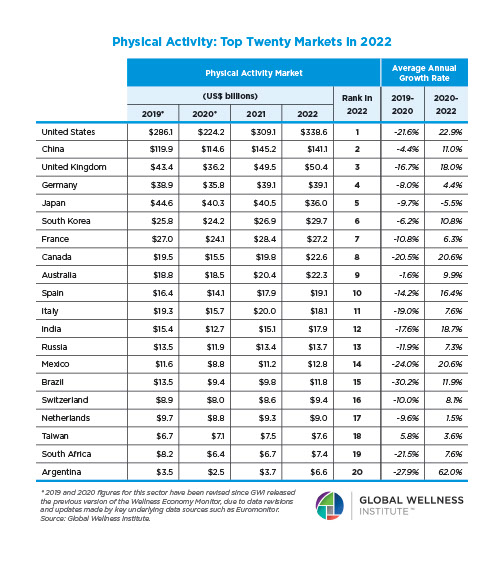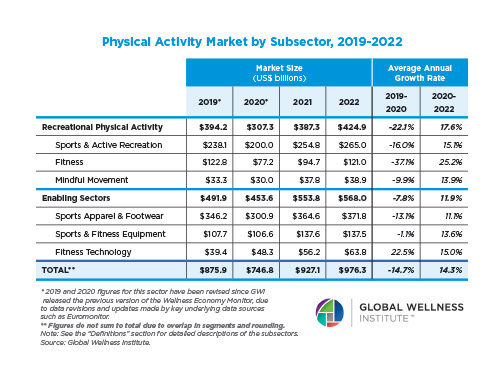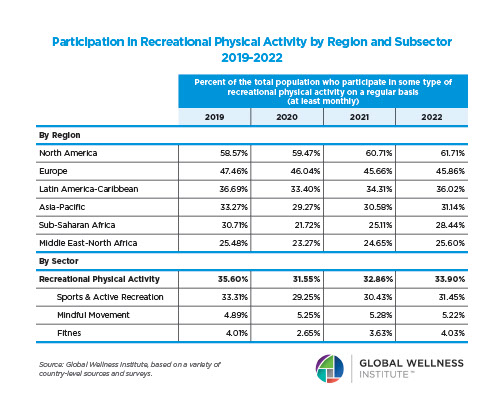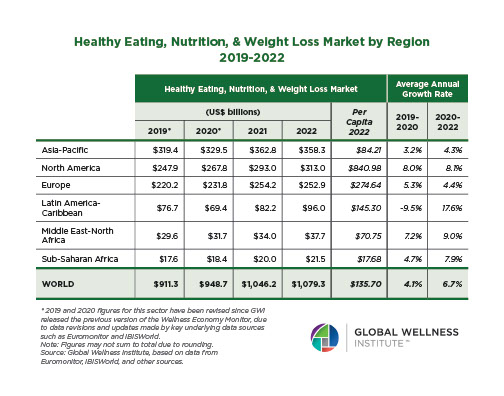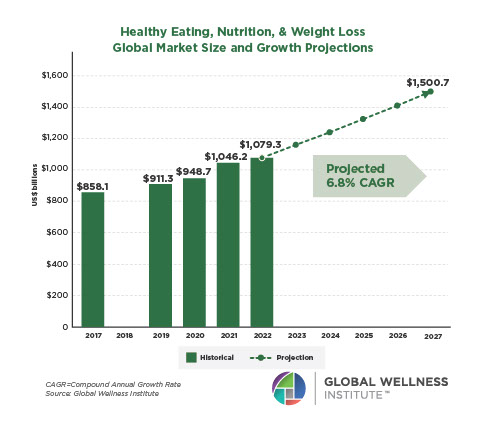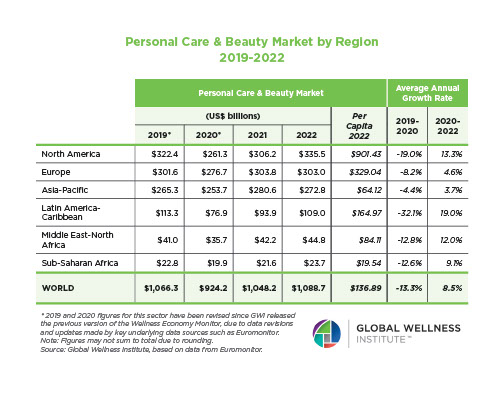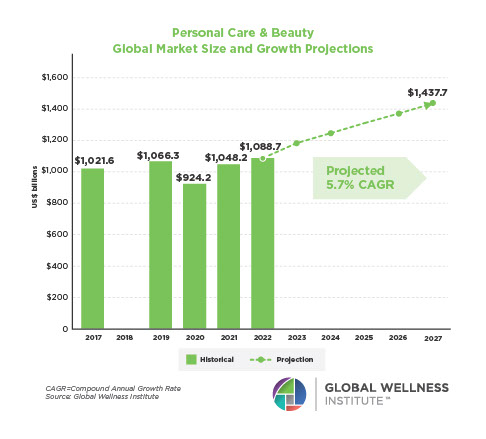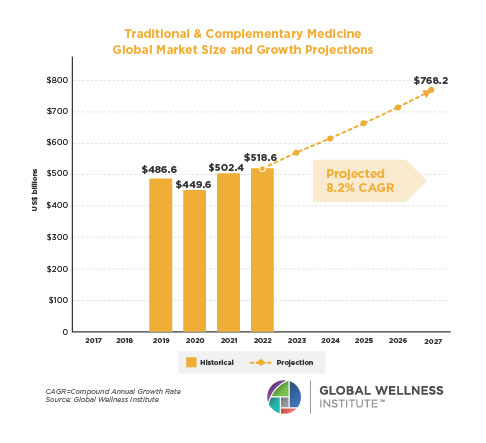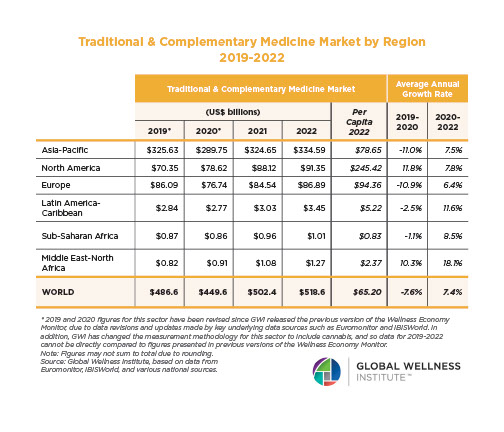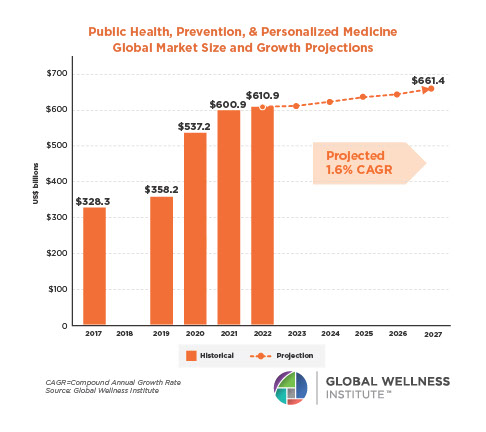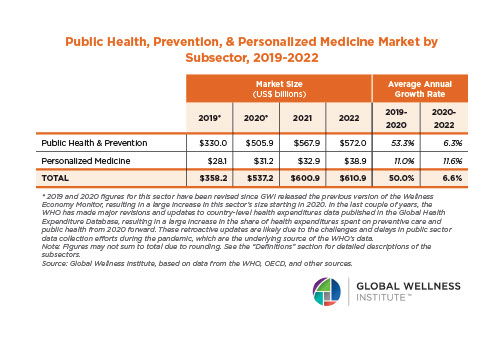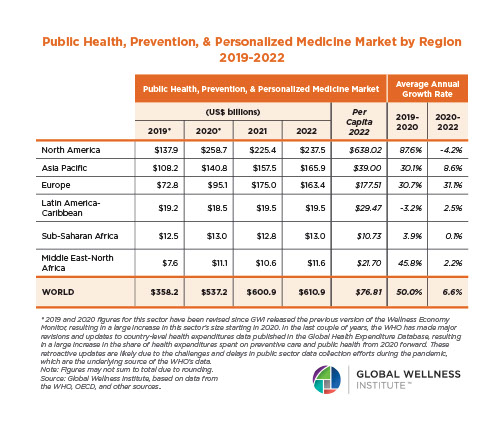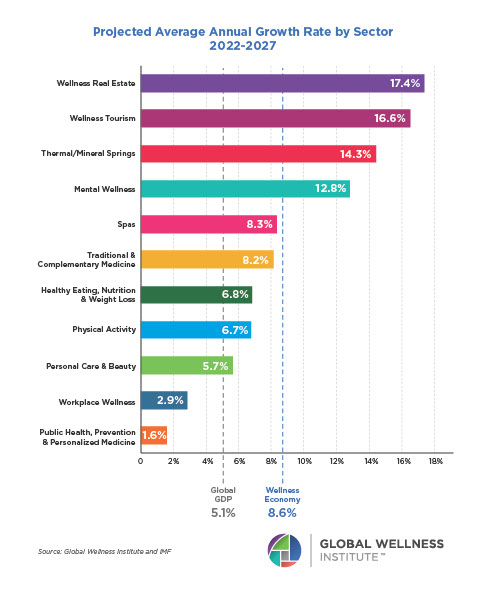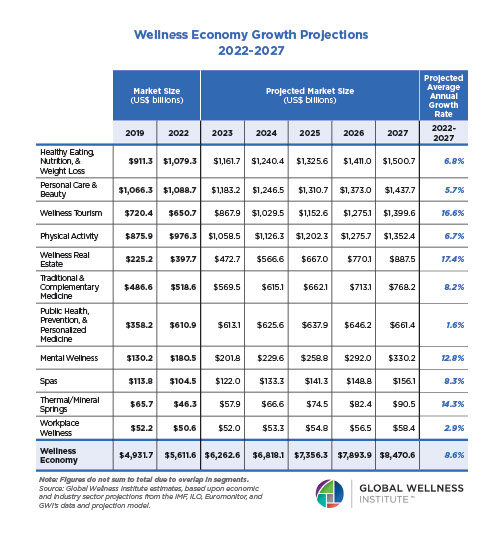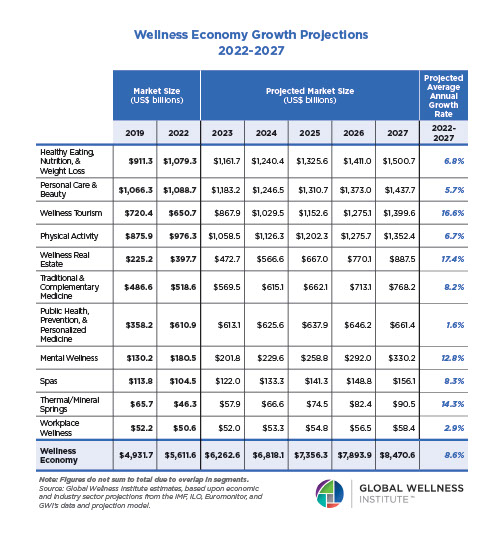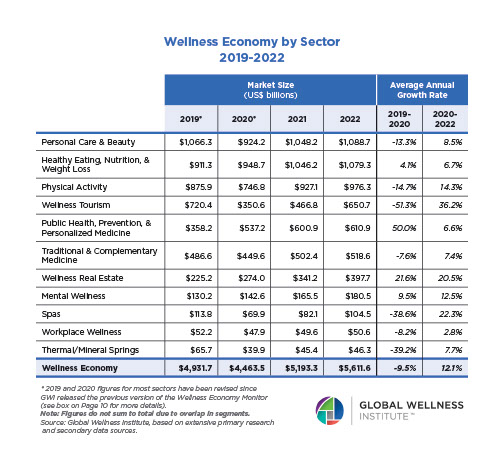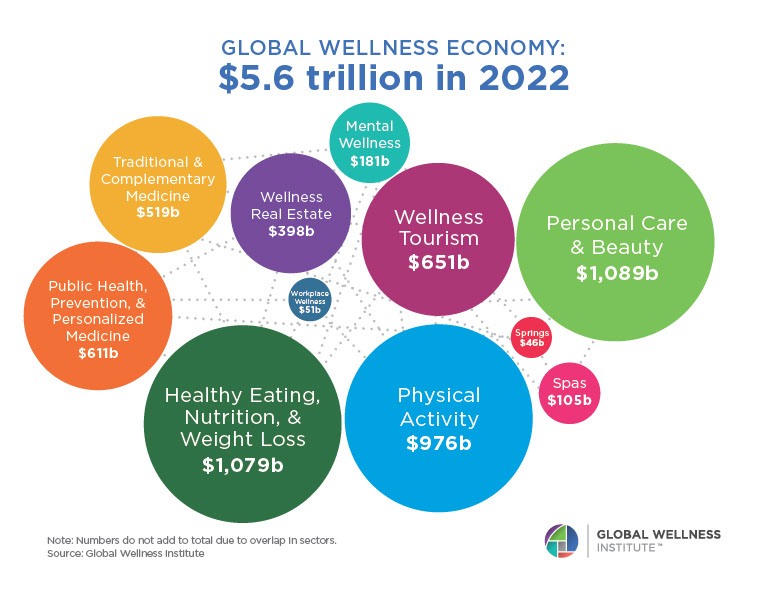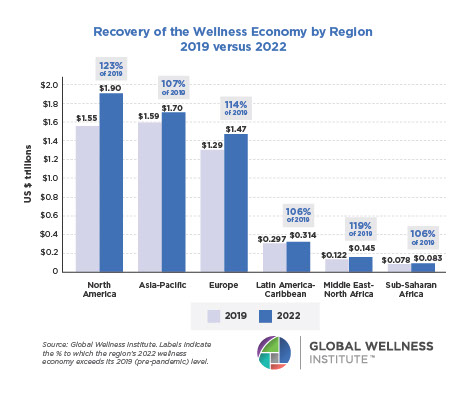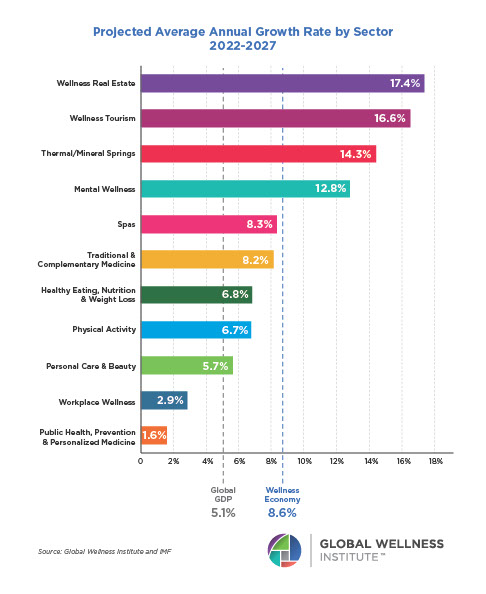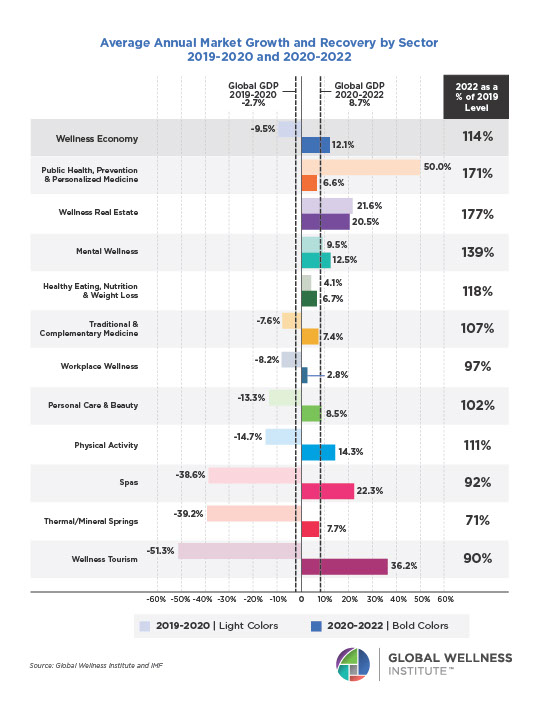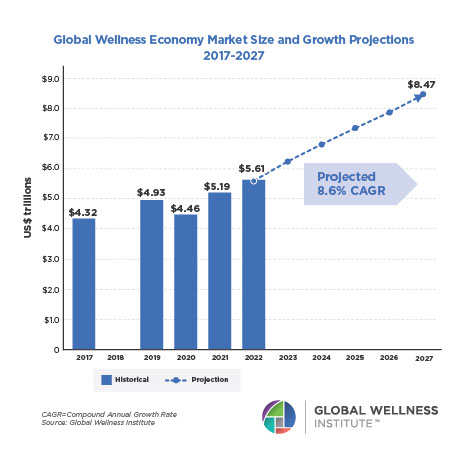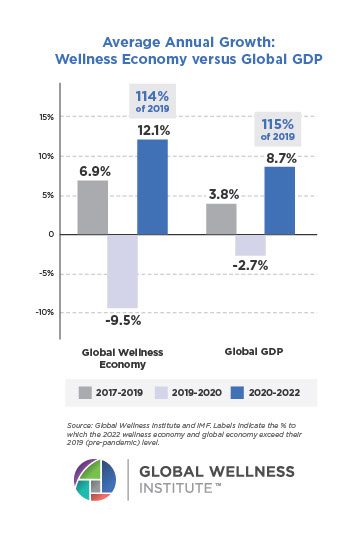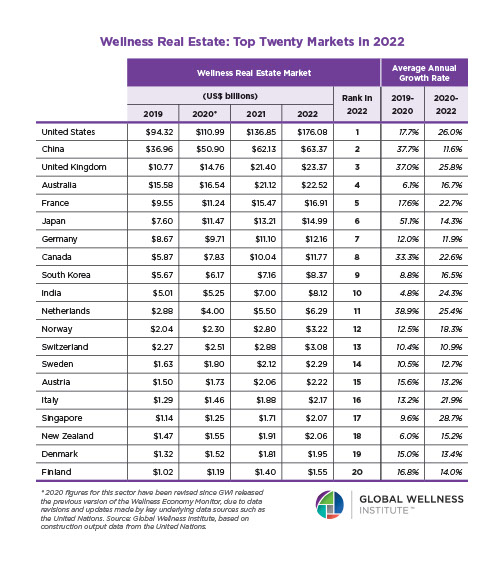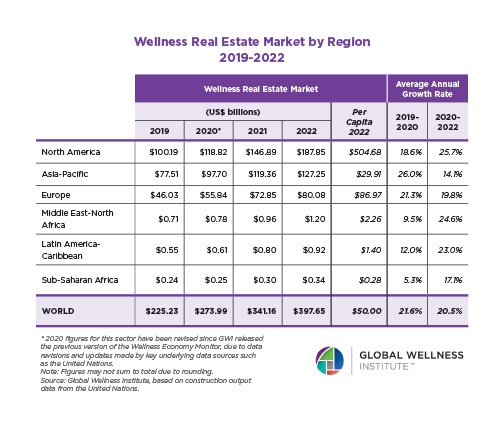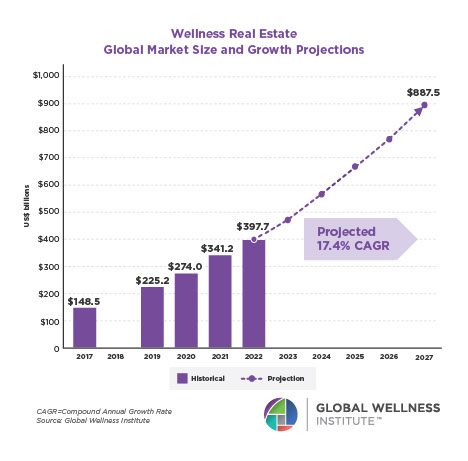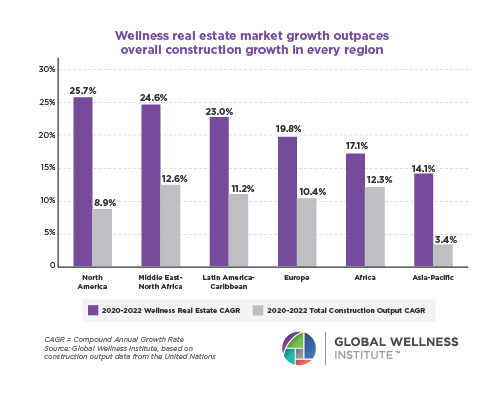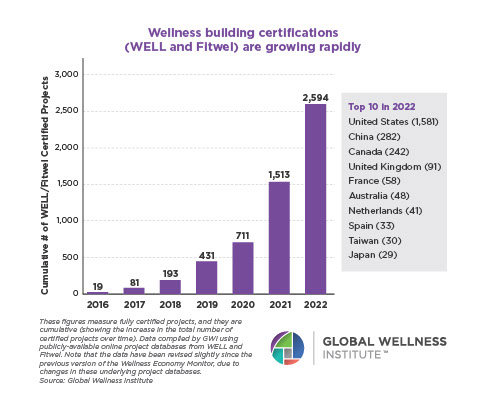Terminology & Definitions
Wellness Architecture – the practice of architecture that relies on the art and science of designing built environments with socially conscious systems and materials to promote the harmonious balance between physical, emotional, cognitive and spiritual wellbeing while regenerating the natural environment. Human health, wellbeing and comfort are key design considerations that augment a foundation rooted in sustainable and regenerative design practices.
Health Architecture – the practice of architecture that focuses on minimizing health hazards by implementing design strategies that increase industrial hygiene, air filtration, water sanitation and so on. These built environments seek to support optimal physical health and also include strategies such as Nudge Architecture to influence healthy behavior patterns.
Nudge Architecture – the concept in behavioral science applied to the design of the built environment that proposes positive reinforcement and indirect suggestions as ways to influence the behavior and decision making of groups or individuals.
Green Architecture – the practice of architecture that seeks to minimize negative environmental impacts in comparison to code-compliant buildings. Strategies include the conservation of energy, reuse and recycling of building materials, consideration of minimizing the carbon footprint over the lifespan of the building, and seek building orientations that are conducive to passive design practices.
Sustainable Architecture – the practice of architecture that seeks to maintain the current state of the environment and earth’s natural resources. Passive and net-zero design strategies are combined with a conservative approach to increase efficiency and moderation in the use of materials and energy. Sustainable architecture uses a conscious approach to energy and ecological conservation in the design of the built environment.
Regenerative Architecture – the practice of engaging the natural world as the medium for, and generator of, the architecture. These built environments go beyond a sustainable approach by responding to and utilizing the living and natural systems that exist on a site that become the “building blocks” of the architecture and have symbiotic relationships to the local ecology.
Health – the general condition of the body (physical or physiological) or mind (mental or psychological) with reference to soundness and vigor; the absence of disease or ailment.
Welfare – the good fortune, health, happiness, prosperity, etc., of a person, group or organization; wellbeing.
Wellbeing – a person’s subjective perception of their existence; a state characterized by the satisfaction of life circumstances (e.g., social, occupational), health (e.g., mental, physical), happiness (e.g., emotional) and prosperity (e.g., financial, spiritual).
Wellness – noun, the approach to lifestyle choices, typically by deliberate effort, that leads to a healthy life or higher state of being; focus on an enhanced way of living as means to preventing illness or sluggish states, as opposed to emphasizing the treatment of disease.
Dimensions of Wellness
- Mental/Intellectual
- Physical
- Emotional
- Spiritual
- Environmental
- Economic/Occupational/Financial
- Social
